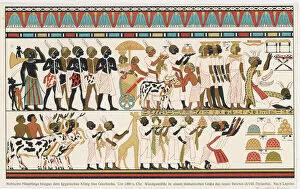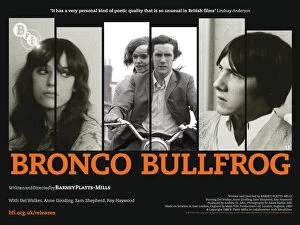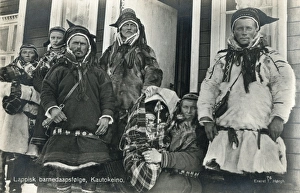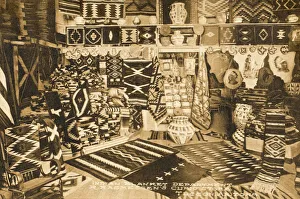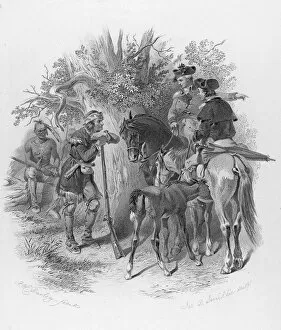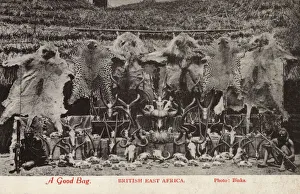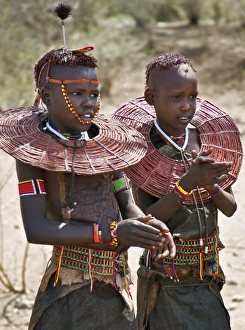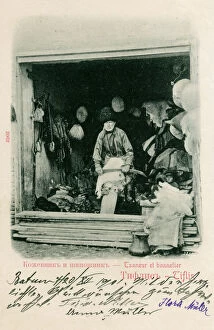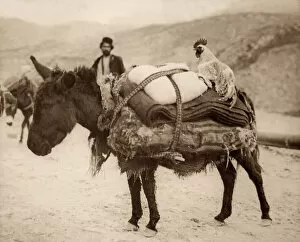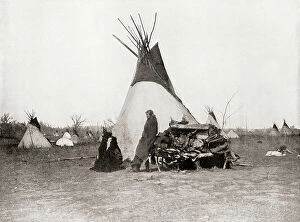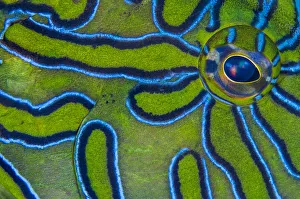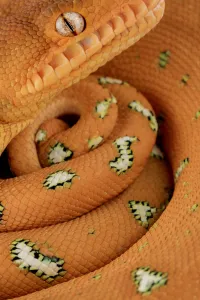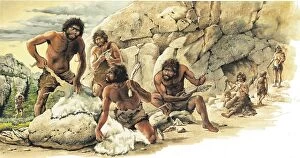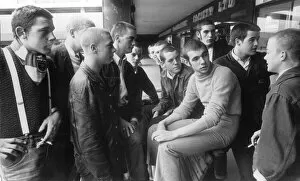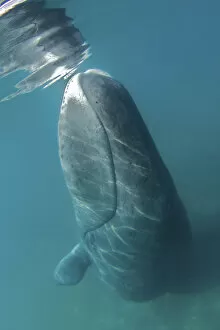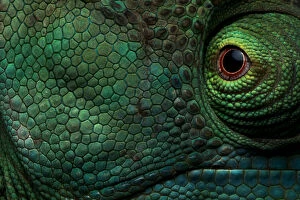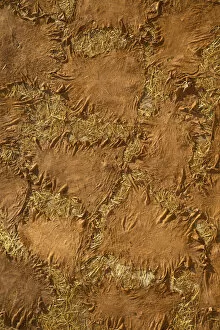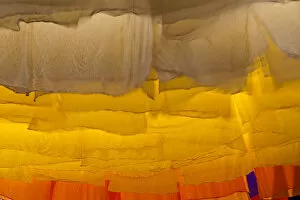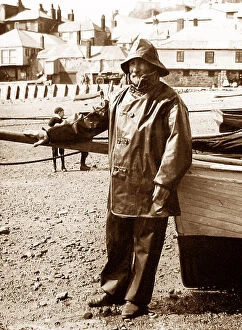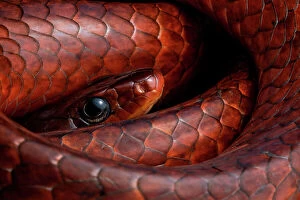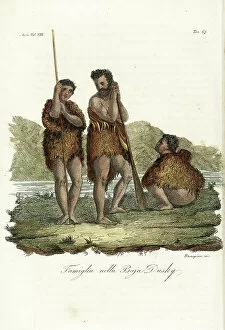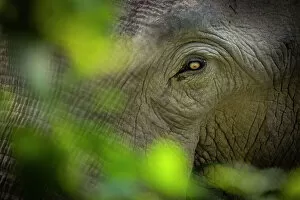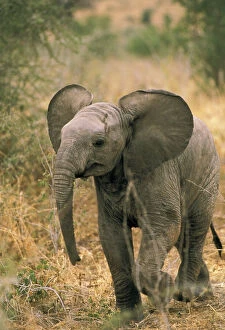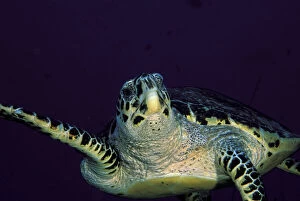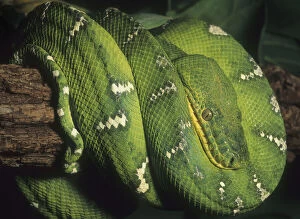Skins Collection
"Skins: A Tapestry of Cultures, History
All Professionally Made to Order for Quick Shipping
"Skins: A Tapestry of Cultures, History, and Identity" From the BFI poster showcasing Barney Platts-Mills' iconic film "Bronco Bullfrog" to the captivating images of Norway's Kautokeino Sami people, they have long been a canvas for expressing cultural heritage. Delving into ancient Egypt, we discover the Nubians adorned in vibrant skins that symbolized their rich history. In an unexpected twist, an anti-fruit throwing sign reminds us that even everyday objects can bear significance when it comes to our skin. Meanwhile, Tucson's Indian Blanket Department showcases the intricate craftsmanship behind Native American textiles. Traveling back in time to Coventry in 1969, we witness both a solitary skinhead and a group of them in the shopping precinct – emblematic figures representing youth subcultures and societal shifts. These images prompt contemplation on how our outer appearances often reflect inner identities. Drawing inspiration from James Fenimore Cooper's "Last of The Mohicans, " we are transported to another era where they were not only garments but also symbols of survival and resilience. Similarly evocative is Cunnacks Tannery in Helston, Cornwall during October 1883 - reminding us of the skillful artistry involved in transforming raw hides into functional materials. Taking a detour from traditional depictions, we encounter a Hadza hunter smoking cannabis from a crude stone pipe – highlighting how different cultures utilize natural resources for various purposes. Furthermore, hunting trophies displayed proudly as part of British East Africa's heritage demonstrate humanity's complex relationship with animals throughout history. Finally, winter count on buffalo robe brings forth vivid imagery through its color litho representation - revealing how indigenous communities documented their stories and experiences through visual narratives etched onto animal hides. Through these diverse glimpses into "skins, " whether as clothing or symbolic representations thereof; one thing becomes clear.


